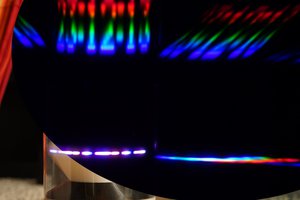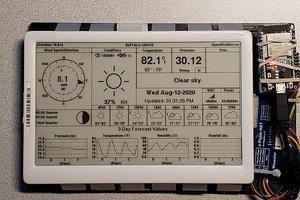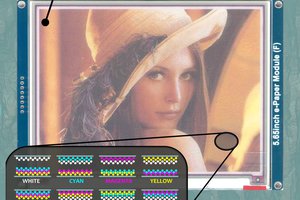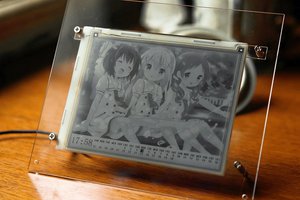Essential scrap website provide information about power driving of theses screen, but I was more interested in the signal driving, so I choose to use the TI TPS65185 IC http://www.ti.com/product/TPS65185 which manage everything (special thanks to @Arthur Admiraal for his design https://hackaday.io/project/7153-squidpad which I partially reused).
I used ICE40 because of the open-source toolchain available http://www.clifford.at/icestorm/
The memory allow to include a framebuffer, my Verilog implement a small SPI interface to communicate with the controller.
To simplify the development, I finally created my own little tool https://hackaday.io/project/14864-ifusb
The board is specificaly made for Kindle 3 display (ED060SC7), but should works with some other display from this generation (ED060SCE found in Kobo) which are 6" 800x600 16 colors.
Hardest part was to implement "waveform" which allow to make smooth and fast transition between screen refresh.
 Julien
Julien












 Matthias Kampa
Matthias Kampa

 Manuel Tosone
Manuel Tosone
 Wenting Zhang
Wenting Zhang
Hi Julien,
congratulations for the work you did, you were really very good!
Could you kindly give me an explanation regarding the waveforms?
I don't think I understand how it works, but looking at your explanation, I see that you talk about transition between one state and another, for example "from white to light gray" but I thought about finding a LUT with also the time needed to move from one color to another...
I mean, I thought the waveforms were LUTs where the input was temperature and the output was time to apply +V or -V to get the desired shade of grey...
But I think I'm completely wrong!!
Explain to me?
I will be truly grateful!